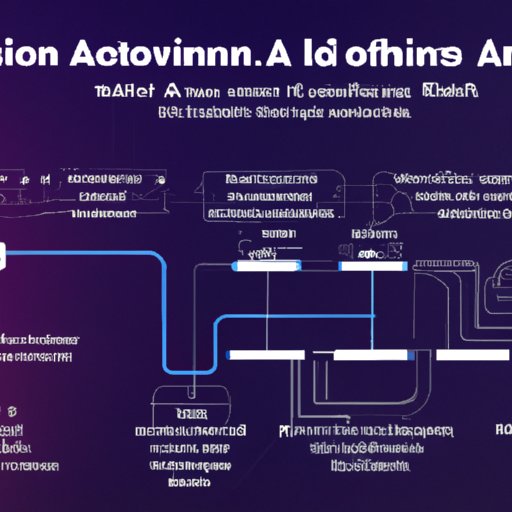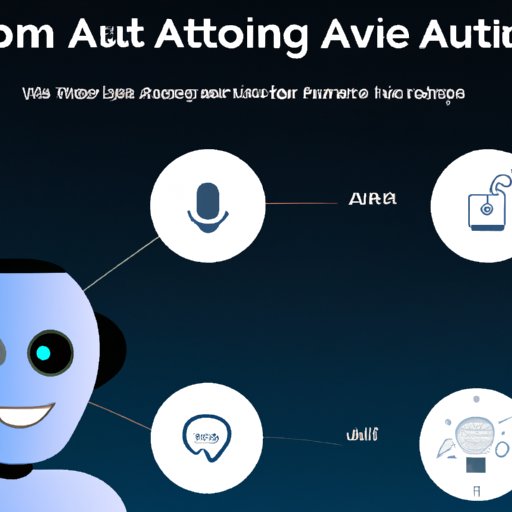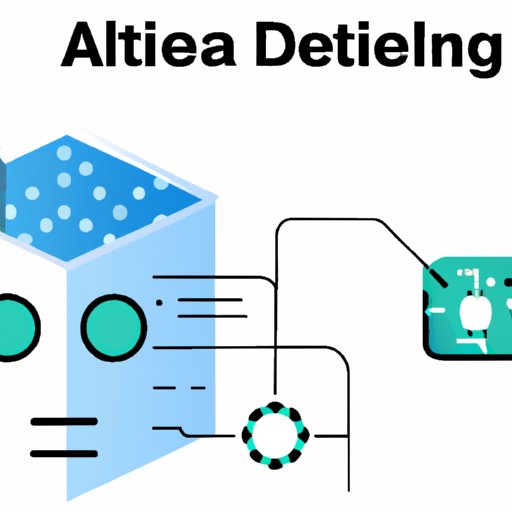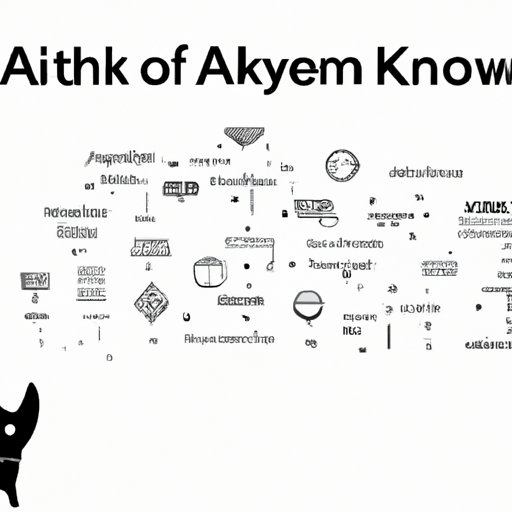Introduction
Artificial intelligence (AI) has become a necessity in our lives today. From voice assistants like Siri and Alexa to intelligent chatbots, AI is everywhere. But if you want to create your own AI assistant, where do you start? In this article, we’ll explore the steps involved in coding an AI assistant, from understanding natural language processing (NLP) to choosing the right tools and libraries to use. We’ll also provide tips for designing and implementing an AI assistant of your own.
Step-by-Step Guide to Building an AI Assistant
Creating an AI assistant involves several steps, from deciding which tools to use to writing the code. Here’s a brief overview of the process:
- Choose the right tools and libraries to use.
- Understand natural language processing (NLP).
- Create the dataset.
- Design the architecture.
- Write the code.
- Train and deploy the model.

A Comprehensive Overview of the Process of Coding an AI Assistant
Let’s dive deeper into each step of the process of coding an AI assistant.
Understanding Natural Language Processing (NLP)
Natural language processing (NLP) is a core component of AI development. NLP is a branch of artificial intelligence that enables computers to understand and interpret human language. It’s used to analyze text, speech, and other forms of communication to extract meaning and context. To create an AI assistant, you’ll need to understand the fundamentals of NLP, such as tokenization, lemmatization, and sentiment analysis.
Creating the Dataset
In order to train an AI assistant, you’ll need to create a dataset of labeled data. This data should contain examples of questions and responses so that the AI assistant can learn how to respond to queries. The more data you have, the better the AI assistant will be at responding to user queries.
Designing the Architecture
Once you have your data, you’ll need to design the architecture of your AI assistant. This includes deciding which algorithms and models to use, as well as the overall structure of the system. This step requires a deep understanding of machine learning and neural networks.
Writing the Code
Now that you have your data and architecture, it’s time to write the code. This involves writing the code for the AI assistant’s logic and functionality. You’ll also need to integrate APIs and other external services into the code.
Training and Deployment
Once you’ve written the code, you’ll need to train the AI assistant on your dataset. This step involves running the code multiple times and adjusting the parameters until the AI assistant is able to accurately respond to user queries. Once the AI assistant is trained, you can deploy it to the desired platform.
Exploring Popular AI Libraries for Building an AI Assistant
There are a number of popular AI libraries that you can use to build an AI assistant. Here are some of the most popular ones:
TensorFlow
TensorFlow is an open-source library for machine learning. It’s used for building and training neural networks and is well-suited for natural language processing tasks. TensorFlow is a great choice for building an AI assistant.
Keras
Keras is another popular open-source library for deep learning. It’s designed to be user-friendly and easy to use, making it ideal for developers who are new to deep learning. Keras is also well-suited for natural language processing tasks.
PyTorch
PyTorch is an open-source deep learning library developed by Facebook. It’s designed to make it easy to build and train neural networks, making it a great choice for building an AI assistant.

The Benefits of Creating Your Own AI Assistant
Building your own AI assistant has many benefits. Here are a few of them:
Increased Efficiency
An AI assistant can automate tedious tasks, freeing up time for more important tasks. This can result in increased efficiency and productivity for your team.
Improved User Experience
An AI assistant can help improve the user experience by providing quick and accurate responses to user queries. This can lead to improved customer satisfaction and loyalty.
Cost Savings
Using an AI assistant can help reduce costs associated with manual labor, such as hiring customer service agents. This can result in significant cost savings over time.

Tips for Designing and Implementing an AI Assistant
Here are some tips for designing and implementing an AI assistant of your own:
Make Use of Existing Solutions
When possible, make use of existing solutions instead of reinventing the wheel. There are many open-source AI libraries and frameworks available that can save you time and effort.
Keep the User in Mind
When designing and coding your AI assistant, keep the user in mind. Your AI assistant should be intuitive and easy to use. Make sure to test your AI assistant with real users before deploying it.
Test, Test, and Test Again
Testing is an essential part of building an AI assistant. Make sure to test your AI assistant thoroughly before deploying it. Testing can help you identify bugs and other issues that could affect the performance of your AI assistant.
Conclusion
Coding an AI assistant can seem intimidating, but with the right tools and knowledge, it’s not as difficult as it may seem. By following the steps outlined in this article, you can create your own AI assistant in no time. Keep in mind the tips for designing and implementing an AI assistant, and you’ll be well on your way to creating a successful AI assistant of your own.
Summary of Steps
- Choose the right tools and libraries.
- Understand natural language processing (NLP).
- Create the dataset.
- Design the architecture.
- Write the code.
- Train and deploy the model.
Final Thoughts
Creating an AI assistant is an exciting and rewarding project. With the right tools and knowledge, you can create an AI assistant that’s capable of understanding user queries and responding appropriately.
(Note: Is this article not meeting your expectations? Do you have knowledge or insights to share? Unlock new opportunities and expand your reach by joining our authors team. Click Registration to join us and share your expertise with our readers.)
